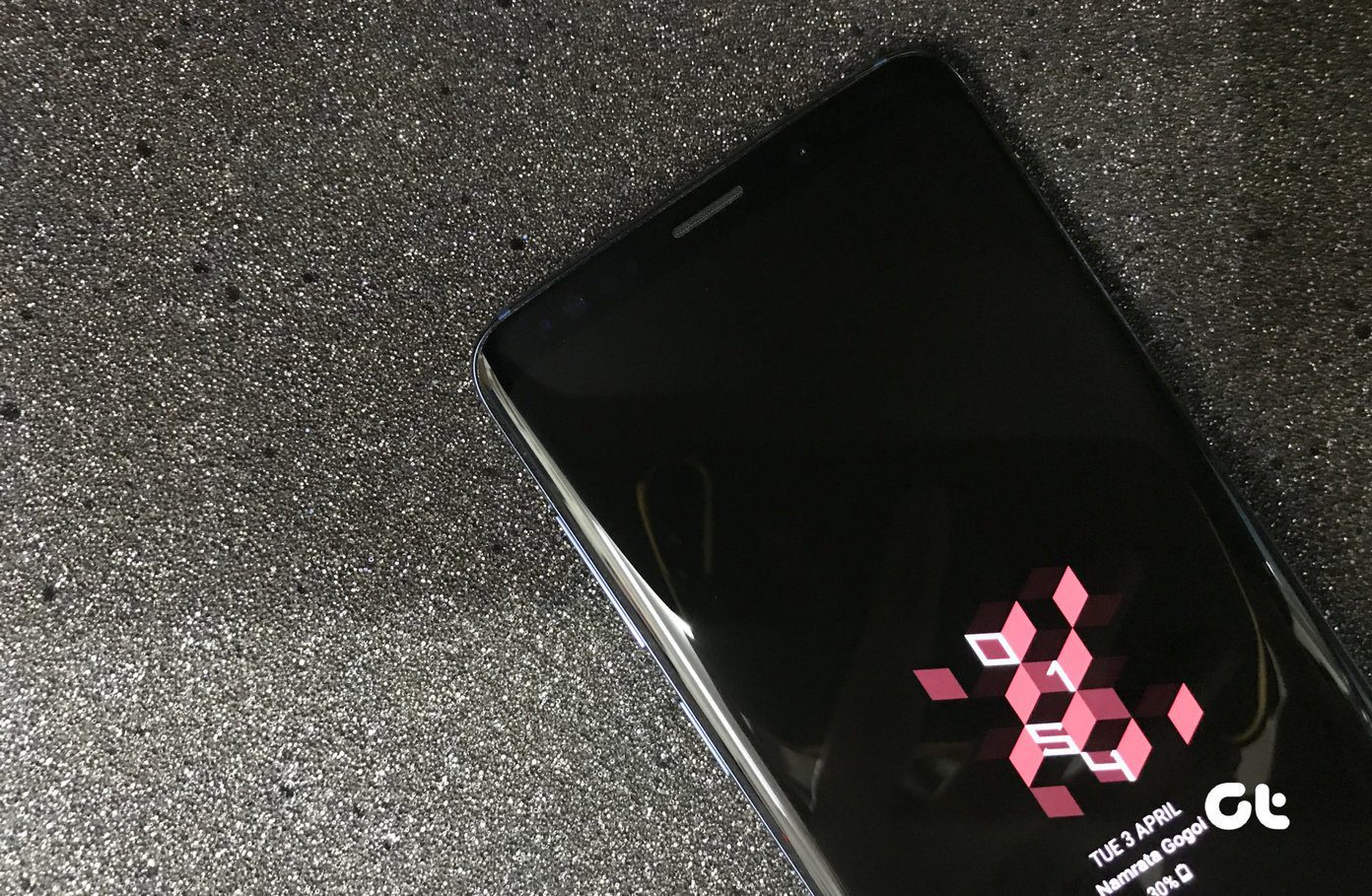The official iPhone Lightning Dock sells for $39 in the Apple Store and includes some decent features, like a 3.5 mm audio line-out port for connecting your iPhone to an external speaker and a raised Lightning connector for better compatibility with cases. However, much like most other accessories Apple releases for its products, you can find something similar that delivers better value elsewhere. Plenty of available docks use higher quality materials and include superior features for around the same price point, so always scour your options before buying.
EverDock
EverDock got its start on Kickstarter raising over $450,000. Its promise was to create a sturdy dock that works with either Lightning or 30-pin connectors on iOS devices, or MicroUSB for most Android smartphones. Various padding options ensure your phone’s case plays nice as well. Not only does it successfully do that, but its design includes micro-suction technology so the dock stays firmly on the surface and doesn’t move or lift when you dock or remove your device. This means no more pressing down on the dock when you’re trying to lift your iPhone off of it. Arguably the best model of the EverDock is the EverDock Duo, which houses two device cables back-to-back so you can dock, say, your iPhone and iPad simultaneously. Or even an iPhone and Android phone. While the EverDock does ship with MicroUSB cables, you’ll have to supply the Lightning or 30-pin cables if you want to use it with your iOS device. So the EverDock costs $49.99, or $69.99 for the EverDock Duo, plus the cost of Apple cables should you need them. It’s still an excellent value compared to Apple’s offering.
The Lightning Dock
Well, this is confusing. It turns out before Apple named its dock the official Lightning dock, there was already another contender that dubbed itself the Lightning Dock. The Lightning Dock was one of the first of its kind when the iPhone 5 debuted in 2012 with the new connector. It still stands strong with its aluminum design and glass back plate. The aluminum helps keep this dock firmly on the table while the glass plate supports the weight of the iPhone or iPad. It doesn’t have any rubber padding though, which means your device may scratch easier when docking or undocking. For this dock too, you’ll have to supply your own Lightning cable. The perk of inserting your own cable is being able to adjust it within the slot to accommodate the thickness of your iPhone or iPad case. Lightning cable aside though, it comes in at the same price as Apple’s Lightning dock for $39.99.
Dock+
Dock+, like the EverDock, got its start on Kickstarter as well. Back in late 2012, backers successfully funded the project by contributing over $100,000. If you’re looking for the ultimate dock in terms of quality, you’d be hard pressed to find one made with higher-quality materials. The Dock+ is crafted with solid steel and a powder-coated finish. When you take the materials out of the equation, the Dock+ bears a striking resemblance to the EverDock, except with a thicker backside for added weight. Its weight allows it to stay firmly on a desk when lifting and docking your iPhone or iPad. The Lightning cable slot is infinitely adjustable and the rubber padding nicely supports your device when it’s in position. Plus, the Lightning connector can flex around in the slot, so you don’t need to dock with precise alignment, which can be annoying in the dark. Dock+ does command quite a premium though. Coming in black or white, it sells for a whopping $100, well over twice as much as Apple’s Lightning dock – certainly the priciest dock on this list. Note: Unlike the rest of the docks on this list, the Dock+ does come with a Lightning cable, so you save about $20 there without having to use or buy your own. So in comparison to the other docks, the price is really only $80, though that still means it’s the most expensive option.
Podi-m
Podi-m is about the most beautiful dock you’ll ever come by. It’s designed to complement the design of the iPhone and iPad and comes in matching colors, plus metals or woods. It’s also very unconventional in that it’s tall and wide and really can act as just a showcase for your iOS device more than anything else. The Podi-m is compatible with 30-pin connector iPhones (iPhone 4S and earlier) as well as Lightning cables. Yes, you do need to supply the cable here. It has a flexible adapter that fits around the cable and pivots like the Dock+ to dodge the need for precision docking, plus adjusts for full case support. The tall metal support rod is cushioned in nylon so it won’t scratch your device either. The biggest drawback to the Podi-m is that it doesn’t come assembled, so you’re basically paying for a bunch of parts shipped to you. It’s easy enough to put together- a YouTube user completed the assembly on video in under nine minutes – but that’s still work on your part, especially given its somewhat steep starting price tag of $69.99. The above article may contain affiliate links which help support Guiding Tech. However, it does not affect our editorial integrity. The content remains unbiased and authentic.












